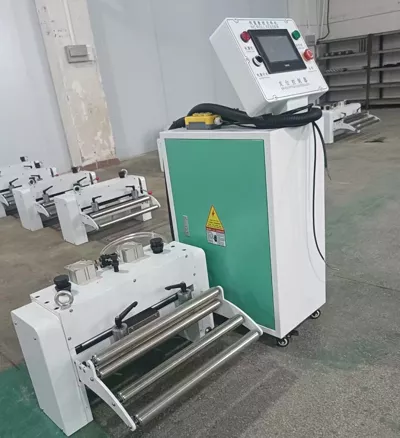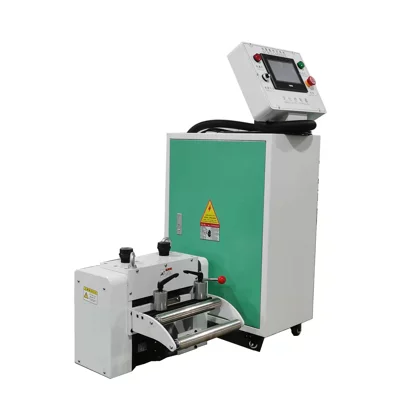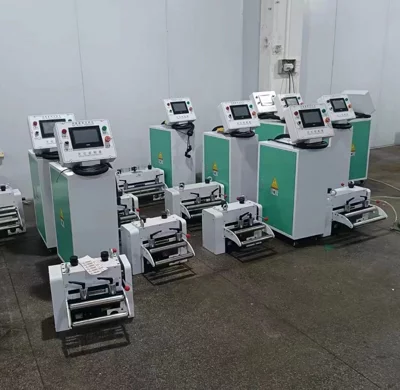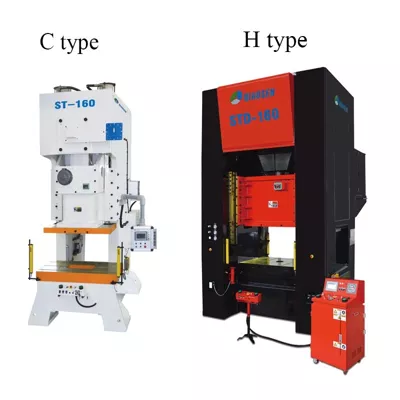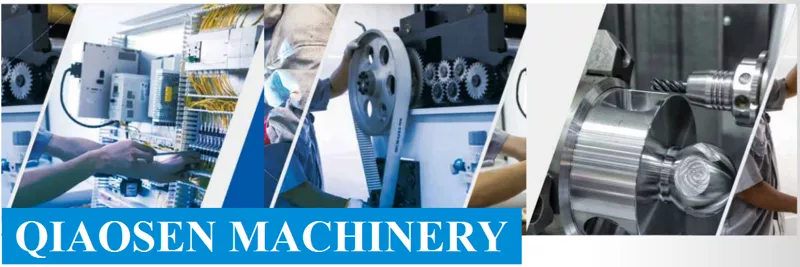
1. Adjustment of feed height:
When replacing stamping dies, it may result in different heights of the lower dies for stamping products. In this case, the feed height of the NC servo feeder should be adjusted according to the height of the lower dies.
There is a certain amount of adjustment available on the lift plate at the back of the feed machine.
First, loosen the four fixed screws of the mounting plate (loosen them to the adjustable point, not completely), and then loosen the fixed nut on the lifting screw. Adjust the screw rod to the corresponding height based on the existing lower die height (counter-clockwise for descent, clockwise for ascent), and then lock the adjusting screw nut to servo feeder mounting plate.
2. Adjustment of material pressure spring force:
During stamping, the material pressure spring needs to be adjusted due to variations in the material's thickness and properties. Excessive pressure can cause material deformation and render the stamped products unusable. If the pressure is too low, the rollers may not be able to grip the material properly, resulting in slipping and inaccurate material feeding.
The operator only needs to adjust the two presser springs on the top of NC servo feeder to the appropriate pressure (clockwise rotation to increase pressure, counter-clockwise rotation to decrease pressure).
3. Adjustment of material stopper wheel width:
Different manufacturers using presses may have different material widths for stamping different products. In this case, it is necessary to adjust the spacing of the material stopper wheels, so that their width matches the materials.
First, loosen the fixed screws of the stopper wheel and place the material at a right angle to the head of NC servo feeder and the stamping die. Then, adjust the stopper wheels on both sides to the appropriate position at the edges of the material. Finally, tighten the screws to secure the stopper wheels.
4. Adjustment of belt device:
Under prolonged and high-intensity use of NC servo feeder , the motor drive belt may become loose or worn and require replacement. If the belt becomes loose, it needs to be adjusted promptly to avoid slippage during transmission.
First, loosen the screws of the belt tension pulley, and then tighten it to the appropriate pressure before locking the screws. Please note that the belt should not be too tight as it can shorten its lifespan.
8years foriegn trade experience Easily grasp customer needs Keeping good relationship with customers






